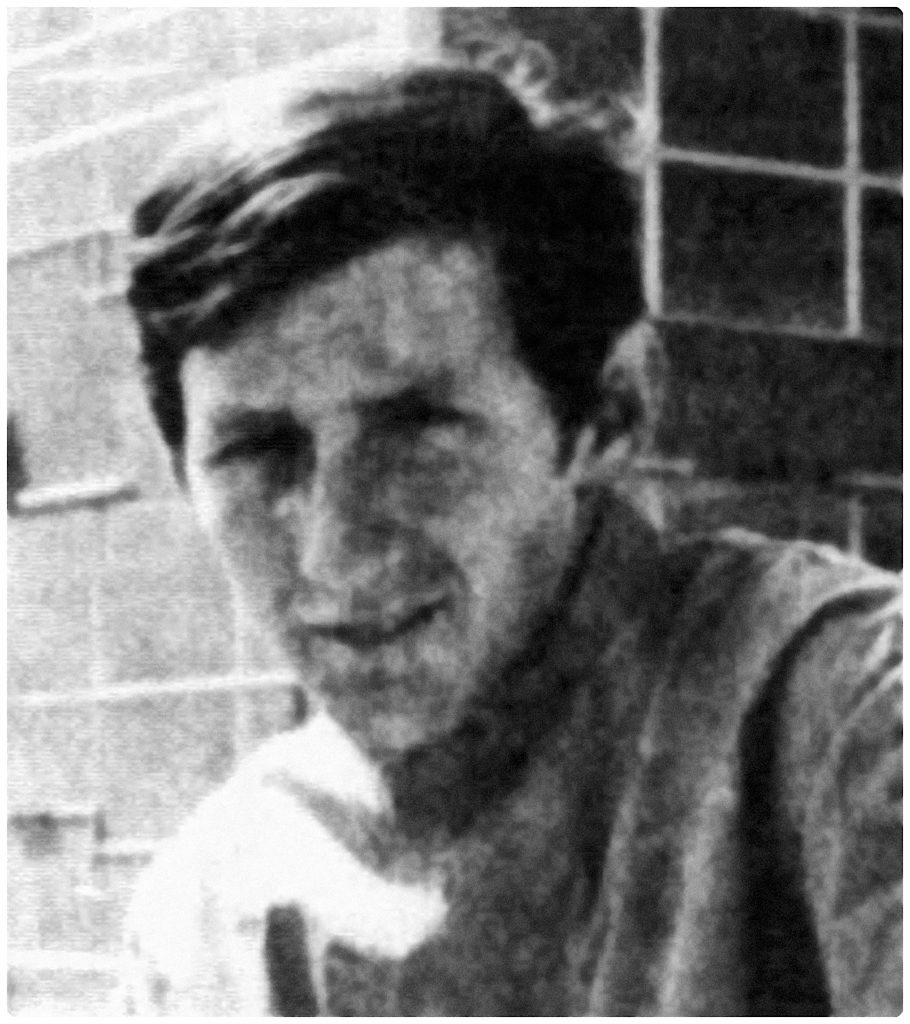DA’s Cold Case Unit to revisit Sibille case, others
Last week, we recapped the unsolved 1974 murder of a 19-year-old Jefferson Downs thoroughbred jockey named James Robert Sibille. This is one of the many cold case files Bayou Justice has revisited from the New Orleans area, and this week, we share more related to Sibille’s death. However, I want to first take a moment to suggest that New Orleans District Attorney Jason Williams may have taken notice of our efforts.
Wednesday, a news release from his office announced the formation of a new Cold Case Unit to “get murderers off the streets and bring healing to families.” In recent weeks, this column has criticized the New Orleans city government for not doing more to solve the serial sniper shootings on area interstate highways, reporting that police have their hands full responding to service (911) calls. Many senior and seasoned officers retired or moved to other agencies, leaving no one to investigate unsolved crimes.
At the press conference that accompanied the news release, the DA said this new unit revisit 5,000 cold cases, some recent with others going as far back as 1964. He said the unit will reexamine data, behaviors, and evidence collected to ensure the public that the DA’s Office is doing everything possible to “secure justice for victims and families.”

“I am excited to officially launch a brand-new Cold Case Unit to help get murderers off the street and bring healing to families. The fact is that every day that goes by where the perpetrators and evidence of murder are not secured, it dramatically decreases the likelihood of those cases ever getting to this office, going to court, and securing convictions. This means murderers remain in our neighborhoods to potentially re-offend,” the release quoted DA Williams as saying. “Increasing safety and securing justice is a community lift. To solve more cold cases and unsolved murders, law enforcement needs help. We are grateful for the new tips that have already begun to come in on cold cases and encourage those who have information to contact our office, Crimestoppers, or the NOPD today. The information you have, big or small, can be the difference in bringing justice to the thousands of New Orleans families that do not have peace.”
Jimmy Sibille’s murder is over four decades old, and there are dozens more like it, but as the DA reports, there are thousands of unsolved homicides from recent years with fresher evidence. The current city administration has left the New Orleans Police Department with no resources to keep any of these cases active. Hopefully, DA Williams’ announcement this week is more than a move of political appeasement. The families of Jimmy Sibille and thousands more deserve both justice and closure.
On April 18, 1974, Jimmy Sibille’s agent Sam Kleindorf, found him on his back in bed, his head covered in blood with a .22-caliber revolver laying across his chest.
Jefferson Parish Coroner Dr. Charles Odom said someone shot Jimmy four times in the head—in the left temple, right ear, under his chin, and into his shoulder. He told reporters the death was certainly a homicide and that the assailant had left the gun on the dead man’s chest to stage a suicide.
Investigators discounted robbery as a motive after finding $21 in Jimmy’s pocket and another $15 in a dresser drawer. Jimmy also wore an expensive watch, still on his wrist, spattered with blood.

Sam Kleindorf told police a phone call before the race instructed Jimmy to lose or die. However, Jimmy ignored the threat and won his final race at the Metairie racetrack.
Two years after the Sibille murder—and one year after Sibille’s name came up in a Carlos Marcello racketeering trial—Louisiana Racing Commission security agents put jockey Angelo Trosclair under around-the-clock protection while they and the FBI investigated another mysterious death threat at the track.
The Associated Press reported, “The 18-year-old Trosclair, threatened with death if he rode the favored John Jet to victory in the first race Friday, defied the telephone caller and edged his horse to a half-length triumph.”
“We’ve given him all the protection we can and we will continue to do so as long as he wants it,” Racing Commissioner Al Stall told reporters. “There have been no arrests yet, but we have some things pending.”
An FBI spokesman said the Trosclair case began with the telephoned threat, “Win the first race and you are dead. That’s d-e-a-d. Lose and there are two big ones ($2,000) in it for you.”
Stall said, “Angelo told his boss, J. P. Dorignac, Jr., and Joe called me. That’s how it came out that Angelo had been threatened. He’s still pretty shaken up, but you have to give the kid credit. The Sibille murder had to be on his mind.”
Then followed a second call to the racetrack with a report that John Jet had been drugged, but Stall said tests proved the information was phony.
Trosclair ran the race despite the threat of death and, like Jimmy Sibille, he won. “He could have very easily failed to win, it was so close,” said Stall. “All he had to do was come in second. A slight movement of the hands could have done it.”
The betting on the race looked suspicious to racing officials. The second horse was Inverary with jockey Kenneth Bourque. “There were 44 $10 wheels on Inverary and only five on favorite John Jet,” said Stall of the daily double betting that day. “That just doesn’t happen.”
A wheel means picking one horse to win in the first race, then betting it with all other horses in the second race. “It looks like someone knew he had the rest of the race tied up except for John Jet, and he wanted to get that horse out of the way,” said Stall.
Trosclair lived, thanks to the news coverage, and one year later, the DA indicted two men for killing Jimmy Sibille.

